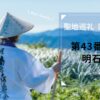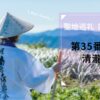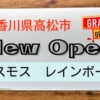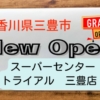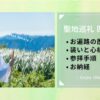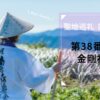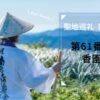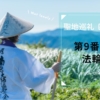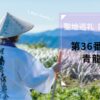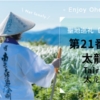【Japan tourism】 Shikoku 88 temple pilgrimage trip [No.45] Kaigansan Iwayaji
The area around Iwayaji Temple is a scenic spot with many oddly shaped stones and megaliths. The precincts, which are reminiscent of Shinsenkyo, have long been a training ground for mountain ascetics, and have developed as a mountain sacred ground. Various legends still remain today.
Iwayaji
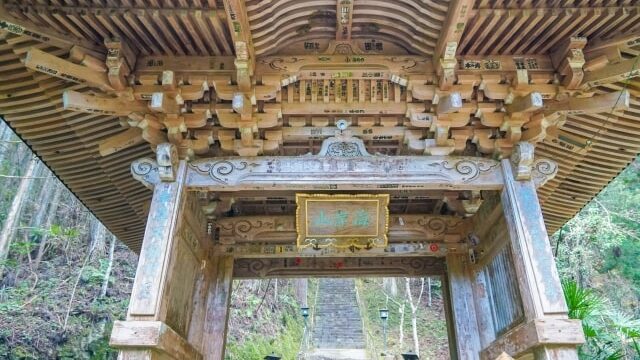
| Principal image | Hudou Myouou |
| Honzon mantra | Noumakusanmanda bazaradan senda makarosyada sowataya un tarata kanman |
| Denomination | Shingon Buddhism Buzan sect |
Place
Temple lodging: none
Phone:0892-57-0417
〒791-1511
1468 Nanatori, Kumakogen-cho, Kamiukiana-gun, Ehime Prefecture
Gosyuin(red stamp)
Please wait a moment until the image is uploaded.
History
In 815 (Konin 6), Kobo Daishi visited this area as he was guided by the sound of the Myo-o bell while searching for a training ground. It is said that a Hokke Hermit, who possessed supernatural powers to fly freely, lived in the mountains. However, the hermit respected Kobo Daishi and presented the entire mountain.
Kobo Daishi carved two statues of Fudo Myoo out of wood and stone and opened Iwaya-ji Temple. The wooden statue is enshrined in the main hall, and the stone statue is placed in the cave of Okunoin as a secret Buddha, and the whole mountain is said to be the principal object of worship.
In the mid-Kamakura period, Ippen Shonin, the founder of Jishu sect, also practiced at this ancient temple. According to “Ippen Hijirie", the principal image of Buddha, Fudo Myo-o, Goma Rodan, Sennin-do Hall, Shijukuin Iwaya, Thirty-three Caves, etc. remained until around the end of the 13th century.
There was a time when it was considered to be the Okunoin of Daiho-ji Temple, the 44th temple, but in 1874 (Meiji 7), the official chief priest was placed. Afterwards, it was destroyed by fire and rebuilt to the present day.
Highlight
Daishido is a nationally designated important cultural property, the temple grounds are a national scenic spot, and a designated prefectural natural park.
【Anazenjou】The sacred water that Kobo Daishi dug is gushing out. Stone statues of Jizo, Fudo Myoo, and Kobo Daishi are enshrined in a cave about 10 meters deep under the main hall.
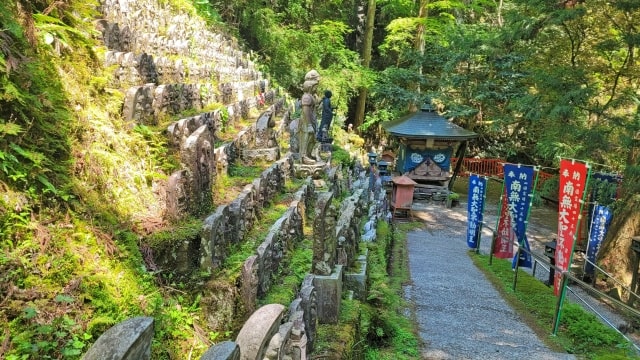
【Kokuzodo】It was built in 1747 (Enkyo 4). The inscription “Raining treasure" engraved on the plaque represents the blessing of Kokuzo Bosatsu, who is said to bring infinite wisdom and wealth.
It is about 35km (about 1 hour by car) to the next 46th temple, Joururiji!
